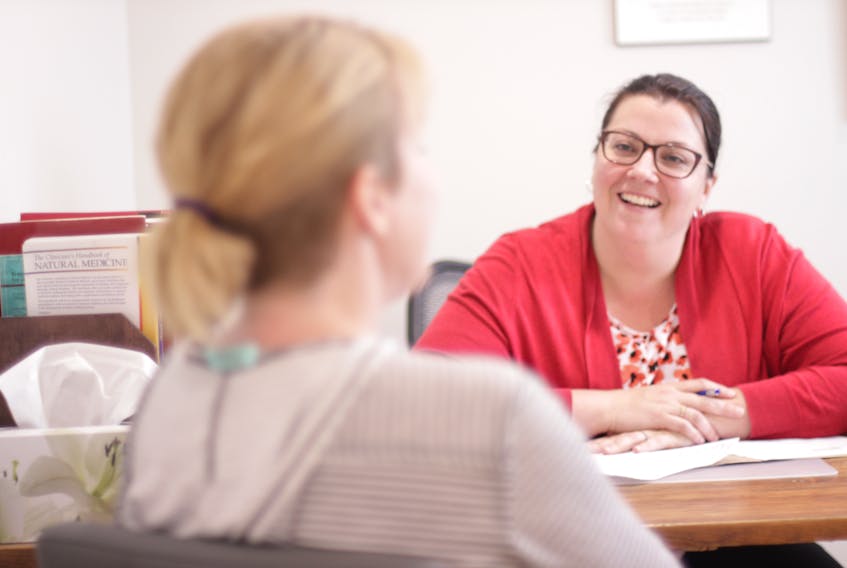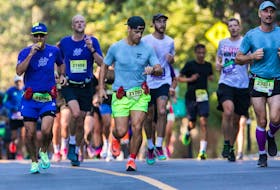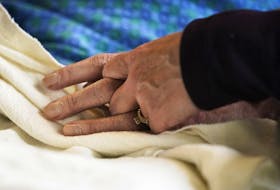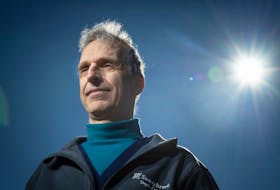As people strive to integrate a more holistic approach to their well-being, alternative health approaches are merging more and more into the mainstream.
After 14 years of working in a co-operative clinic setting with occupational therapists, physiotherapists, and acupuncturists, naturopathic doctor Sandra Murphy opened a private practice out of her home in Halifax, N.S. “Holistic health care incorporates all aspects of health in analyzing what’s happening,” says Murphy. “The holistic healthcare model is meant to be in conjunction with our conventional medical care with our GP [general practitioner] at the helm, just making sure that everything is done safely, that we’re not missing something that is more serious.”
The holistic healthcare umbrella, or complementary and alternative medicine (CAM), includes the practices of naturopathy, chiropractic medicine, and osteopathy, to name just a few.
Naturopathy
Naturopathic medicine is a unique primary health-care system that combines modern scientific research with traditional and natural medicine.
“As an ND, we talk about treating the whole person, but really we have this luxury of time,” says Murphy.
“For a lot of people, it’s therapeutic just to come in and have an hour and a half where they talk about everything to do with their health, from what they eat in the morning, to how they’re sleeping, how they get along with their partner, what their job is like, what their childhood was like, how they deal with stress. With the medical crisis that we’re dealing with right now, GPs are just so overwhelmed and most can only deal with one issue at a time.”
Murphy explains complementary alternative or integrative medicines are taking place alongside conventional medical treatment but incorporating a more natural approach. Naturopaths use natural remedies and can use plants in a drug-like way.
“We’re not anti-drug, but...if the drug is being used to cover up something and we’re not actually fixing the problem, then I would seek a different alternative for that. If the medication is the best cure for that issue than I am pro-drug, 100 per cent,” she says.
Her training, she says, includes four years of clinical nutrition, acupuncture, homeopathy and botanical medicine. Alongside that, naturopathic doctors also learn to dissect a cadaver, do physical exams, pap smears - everything needed to assess a person.
Upon graduation, naturopathic doctors must pass two sets of international North American board exams to obtain a license to practice naturopathic medicine.
Murphy says the top three complaints at her practice are irritable bowel syndrome, painful periods, and migraines.
“We all feel like we want to be dealing with the root cause of the problem. Instead of placating five symptoms with five products or five herbs or different acupuncture treatments, if we could just solve the one problem which might be that you don’t have enough salt in your
diet, or you’re in a job that you hate, and so we have to deal with that, maybe referring for counselling. We just have to deal with what is the true problem, not just prescribe an analgesic for pain. Why is the pain there? That’s my obsession. Why is the body reacting that way?”
So when could or should someone see a naturopath?
“I believe if it’s in their financial ability, I think everyone needs a naturopath and their GP,” says Murphy. “It’s unfortunate in Nova Scotia, a lot of people don’t have even a GP.”
The only real block Murphy sees is that naturopathic care is part of a two-tier medical system.
“They need to have either secondary coverage or have the resources to be able to access my care. That’s the main downside.”
Chiropractic medicine
Darrell Wade is the chief executive officer of the Newfoundland and Labrador Chiropractic Association.
“Chiropractors are primary care doctors," he explains. "We have education that, at minimum, is seven years up to, if we specialize, it could be an additional two to three years on top of that. Mostly, it focuses on the treatment of musculoskeletal disorders, so lower back pain, neck pain, and then all of the symptoms that come from that, sciatica, nerve interference, and things of that nature.”
Chiropractors also focus on whole health.
“We’re very conscious of whether our patients have nutritional considerations that we have to talk about - activity, weight management. We’re really whole health practitioners but when it comes to intervention base, the focus is generally on disorders of the musculoskeletal system that prevent people from being active.”
Wade says an appointment with a chiropractor looks as standard as you would expect in any other regulated health professional’s office. An intake of family and personal history, followed by a comprehensive assessment as well as a more focused examination to focus on the area of complaint to determine an appropriate treatment.
Treatment could be anything from exercise recommendation or modification of activities all the way up to spinal manipulative
therapy, which is where the chiropractor would either mobilize or manipulate the joints of the spine in order to restore proper function.
“A lot of times, if we can assess a person appropriately and give them recommendations about avoidance of irritating factors, we don’t have to see them as frequently,” says Wade. “We may have to do some manipulations or adjustments of the spine initially to address the problem they have presented with, but if we give them strategies for outside of the office that they can implement, a lot of times it keeps the patients from coming back and that’s the real prevention focus that we work on.”
So when could or should someone see a chiropractor? Wade says anyone who is suffering from anything that’s affecting their daily activities - for example, pain from getting out of bed or standing up from your office chair - probably needs an assessment.
“People know their body. And when things don’t feel right with your musculoskeletal system it’s probably a good time to at least get a check-up and see what’s going on,” says Wade.
Osteopathy
Gerry MacAdam has finished the five-year program at the Canadian College of Osteopathy and is now working on a two-year thesis to finish his osteopathic studies. He is also a registered massage therapist at Symmetrics Health in Charlottetown, P.E.I.

“In general terms, osteopathy is a manual therapy typically using gentle techniques, but not always,” says MacAdam.
Manual medicine means that both assessment and treatment are carried out with the hands.
“It’s looking to restore movements and position of anatomical structures to allow the body to heal itself.”
MacAdam says there’s a myriad of different techniques employed by different therapists.
“It’s not so much about the techniques being used, it’s about the rationale behind why the technique is being used. We’re looking to find the source of the dysfunction rather than just treating symptoms. It’s a very in-depth look at anatomy.”
All of the body's systems interact, he points out.
“There’s all these different systems within the body and each one will affect the next, whether or not it’s your endocrine system, your musculoskeletal system, nervous or arterial, one will affect the other in many different ways,” he says. “It’s finding patterns through the body where one structure is not moving properly, being out of position, being stuck, whatever it might be, affecting several things down the line which can eventually lead to pain and dysfunction.”
At an osteopath appointment, there should be an in-depth look at your health history to “piece together a global picture of what’s happening.” MacAdam says the treatment itself can really vary by practitioner.
“Different therapists will specialize in different approaches so some of them can be pretty physical. The therapist will guide you through different movements. It can be relatively aggressive sometimes, or quite gentle. There are some adjustments that would look like a chiropractic adjustment, but is typically a little more gentle.”
There can be some crossover with massage therapy, he says, but typically osteopathy is a far more in-depth look at the body.
“There’s some underlying concepts that massage doesn’t necessarily get into. Your typical Swedish massage techniques are a lot of muscular work whereas osteopathy, there’s going to be more movement involved," MacAdam explains. "You’re going to have far more addressed than just the area that’s in pain. Massage is a great approach, it’s just not as in-depth.”
MacAdam says in general, he sees patients with lower back pain, headaches, and shoulder issues. Osteopath specialists can help with symptom management of autoimmune disorders, or degenerative diseases like Parkinsons and MS.
“We can have an impact with different things like digestion problems, which can have a lot of connections with different pain issues, too," he said. "There’s a very broad scope of what can bring someone into a clinic room.”
Osteopathy is not currently regulated in Canada, so education and training can widely vary from a six-month online course to extensive five-year programs. MacAdam urges people to do their research on who they're going to see before their first appointment.









